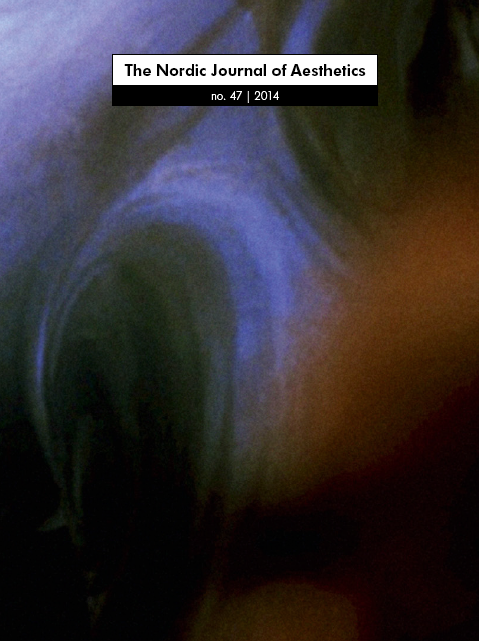Screens ‘As Representation’ and Screens ‘As Simulation’ in Mainstream Cinema Detection
DOI:
https://doi.org/10.7146/nja.v24i47.23056Abstract
Detection in contemporary genre films is in the process of being transformed: viewers see less and less of moving, traveling, and active human bodies entering in interaction and exchanging words. Instead, what takes up a significant part of film time is the view of computer screens, with digitally stored and retrieved traces, meaningful for detection, playing the lead role. One result of this type of detection on screen – rather than detection in the streets or on murder scenes – is that detection is (re)presented as a process happening on the human-computer interface. With reference to Lev Manovich the article asks how the “illusion of navigating through virtual spaces” is recreated, when the context of such an illusion is filmic diegesis defined by genre rules (in this case: detection films), where “the virtual spaces of the screen” should have a direct effect on “the real spaces of filmic diegesis”?
Downloads
Published
How to Cite
Issue
Section
License
Authors who publish with this journal agree to the following terms:
- Authors retain copyright and grant the journal right of first publication with the work simultaneously licensed under a Creative Commons Attribution License that allows others to share the work with an acknowledgement of the work's authorship and initial publication in this journal.
- Authors are able to enter into separate, additional contractual arrangements for the non-exclusive distribution of the journal's published version of the work (e.g., post it to an institutional repository or publish it in a book), with an acknowledgement of its initial publication in this journal.
- Authors are permitted and encouraged to post their work online (e.g., in institutional repositories or on their website) prior to and during the submission process, as it can lead to productive exchanges, as well as earlier and greater citation of published work (See The Effect of Open Access).




